In April, having left Washington’s family, Hamilton began to badger his ex-boss for a field command, and Washington reacted with perplexity. “I am convinced that no officer can with justice dispute your merit and abilities,” he assured Hamilton, but he didn’t see how he could promote him without offending more senior officers. 26 He feared that Hamilton would interpret his decision as belated punishment for their rift: “My principal concern arises from an apprehension that you will impute my refusal of your request to other motives than those I have expressed.”27 Once again Washington had responded to their difficulties in a classy and dignified manner.
Eventually rumors circulated about the temporary estrangement between the two men. Years later John Adams recalled the episode thus: Hamilton “quitted the army for a long time, as I have heard, in a pet and a miff with Washington.”28 On another occasion, Adams wrote, “those who trumpeted Washington in the highest strains at some times spoke of him at others in the strongest terms of contempt . . . Hamilton, [Timothy] Pickering, and many others have been known to indulge themselves in very contemptuous expressions, but very unjustly and ungratefully.”29 In the spring of 1783 Hamilton opened up in private to James Madison about Washington’s occasionally querulous personality. As Madison recorded in his journal, “Mr. Hamilton said that he knew General Washington intimately and perfectly. That his extreme reserve, mixed sometimes with a degree of asperity of temper, both of which were said to have increased of late, had contributed to the decline of his popularity.”30 At the same time Hamilton regarded Washington as a man of unimpeachable integrity who would “never yield to any dishonorable or disloyal plans.”31
Whatever his reservations, Hamilton had hitched his fortunes to Washington’s career and refrained from public criticism of him. He knew that Washington alone had held the army together since its creation. Most important, the two men were shaped by the same wartime experiences and shared basic concerns about the country’s political structure, especially the shortcomings of the Articles of Confederation and the need for a powerful central government that would bind the states into a solid union, restore American credit, and create a more permanent army. As an immigrant, Hamilton bore no loyalty to a particular state, which perhaps made it easier for him to adopt a continental perspective congenial to Washington’s. Their congruent political values lashed Washington and Hamilton together into a potent political partnership that would last until the end of Washington’s life.

Lawrence Washington. George Washington revered his older half brother, who set a pattern of military service that George faithfully followed.

Lieutenant Governor Robert Dinwiddie. Though he was an early champion of Washington during the French and Indian War, the two men clashed before the end of Dinwiddie’s tenure as colonial governor of Virginia.

Sarah “Sally” Cary Fairfax, the enchanting woman who captivated Washington’s imagination in his early adulthood and perhaps in the years beyond. This rather romanticized painting, done in the early twentieth century, is based on a photograph of an original but now vanished portrait of her.

George William Fairfax. Washington’s longtime friend chose either to accept or to overlook Washington’s fascination with his wife.
On a visit to Mount Vernon in 1772, Charles Willson Peale sketched these delicate miniatures of Washington’s family.

Martha Dandridge Custis Washington. Though never a radiant beauty, Martha Washington provided the ideal social setting and emotional support for her husband’s career.

John Parke “Jacky” Custis. Washington grew frustrated with the incurable indolence of his wayward stepson, who died shortly after the Yorktown campaign.

Martha Parke “Patsy” Custis. Washington harbored tender feelings for his stepdaughter, who was afflicted with epilepsy from an early age.

When John Trumbull painted this dashing portrait of Washington in 1780, he inserted at right William Lee, the slave who served the general devotedly throughout the Revolutionary War.

General Charles Lee. This caricature of the vain, eccentric general, a rival to Washington, pokes fun at his love of dogs and spindly body. Lee’s misconduct at Monmouth effectively terminated his career.

Puffed up to heroic proportions after his victory at Saratoga, General Horatio Gates failed to dislodge Washington as commander in chief and was later disgraced during the battle of Camden.
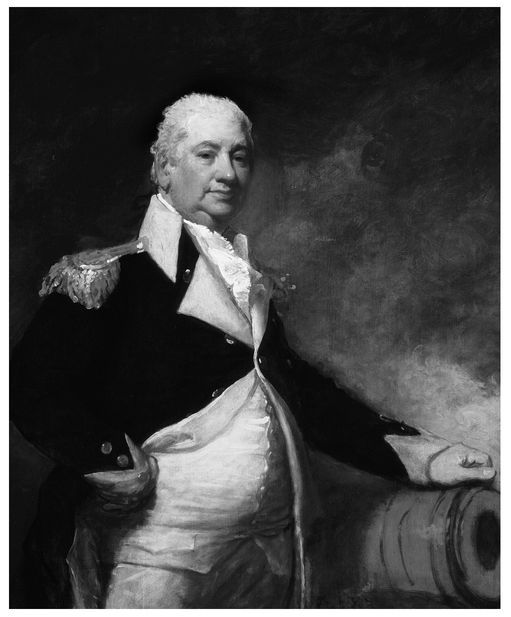
The warm, ebullient Henry Knox served with distinction as Washington’s artillery chief during the war but had a checkered success as secretary of war during his presidency.
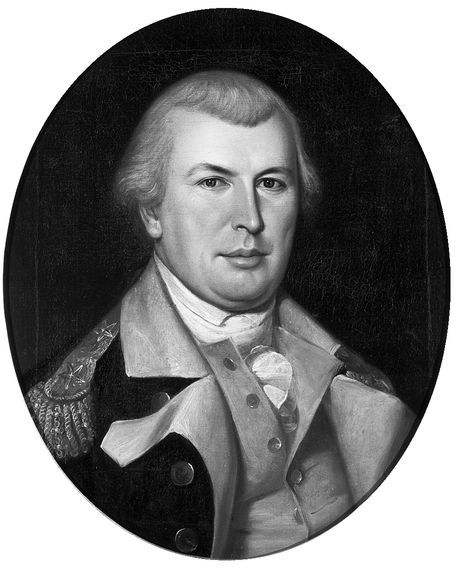
Nathanael Greene. Always touted as Washington’s favorite general, Greene met an untimely death after the war, robbing Washington of an influential political ally.
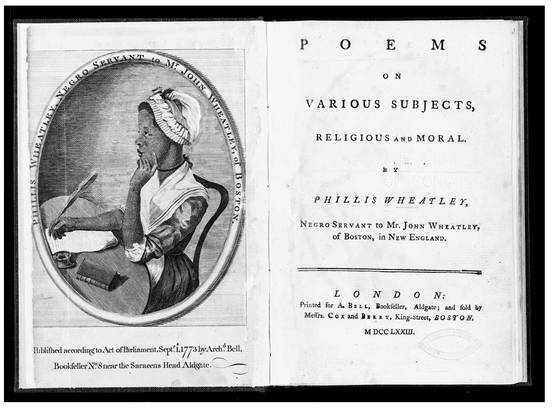
Phillis Wheatley. Washington’s appreciative response to the ode written about him by this Boston slave signaled an early advance in his views on slavery.

Brilliant, crusty, and opinionated, John Adams evolved from an early booster of Washington into an envious detractor in later years.
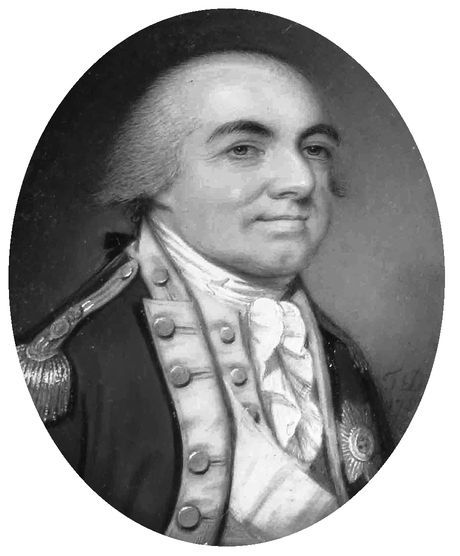
Sir Henry Clinton, one of the many distinguished British commanders whom George Washington managed to send down to defeat.
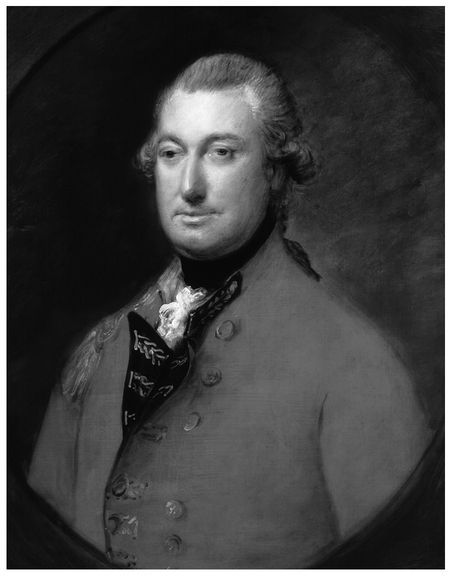
Charles Cornwallis, first Marquess Cornwallis. Although associated with the stunning defeat of British forces at Yorktown, Cornwallis was an aggressive commander who inspired a healthy fear among American generals.

Benedict Arnold. A staunch admirer of Arnold’s derring-do throughout the war, Washington was staggered by the exposure of his massive treachery.
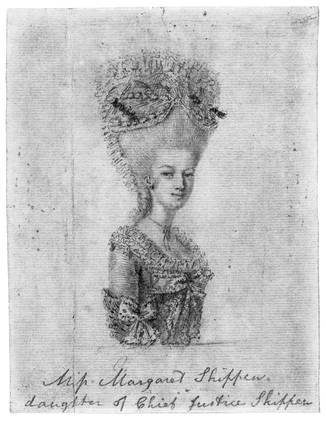
Peggy Shippen Arnold. Feigning temporary madness when her husband’s treason was revealed, she managed to hoodwink Washington, Hamilton, and Lafayette into believing her innocent of the scheme.